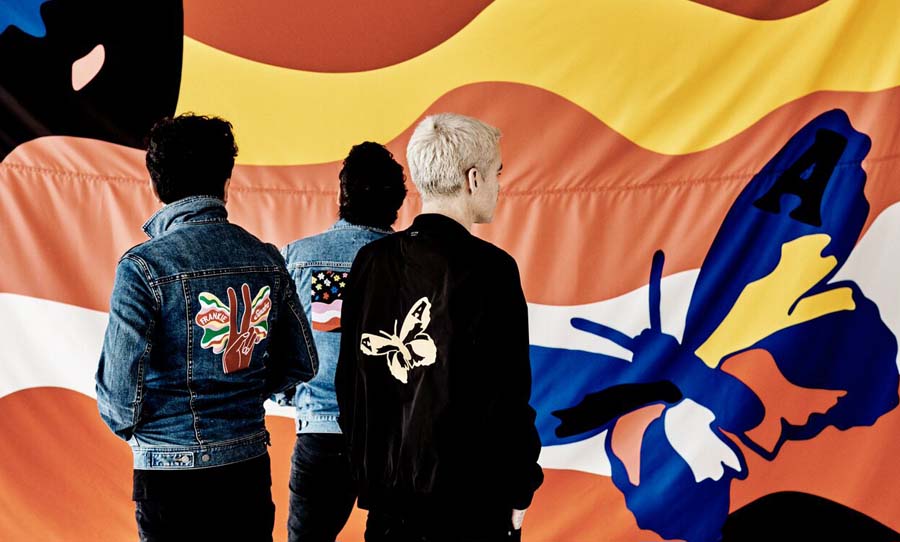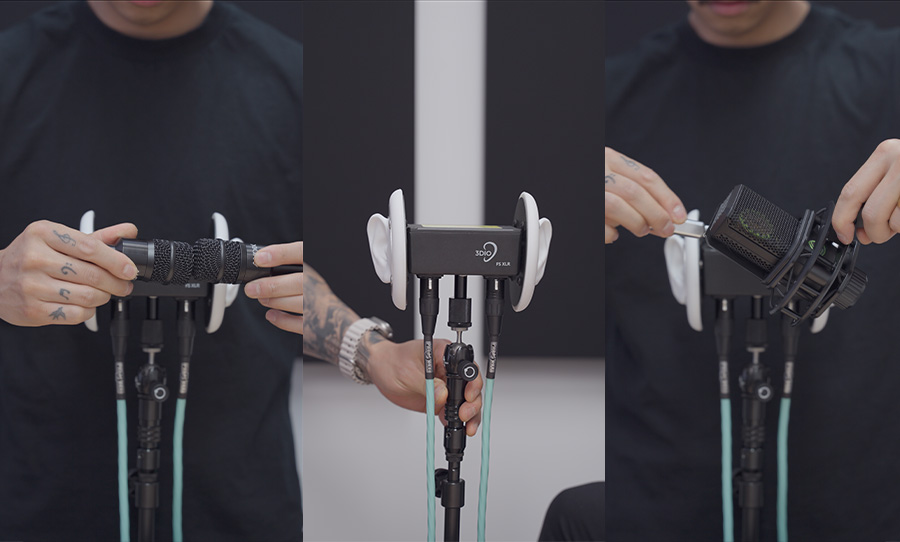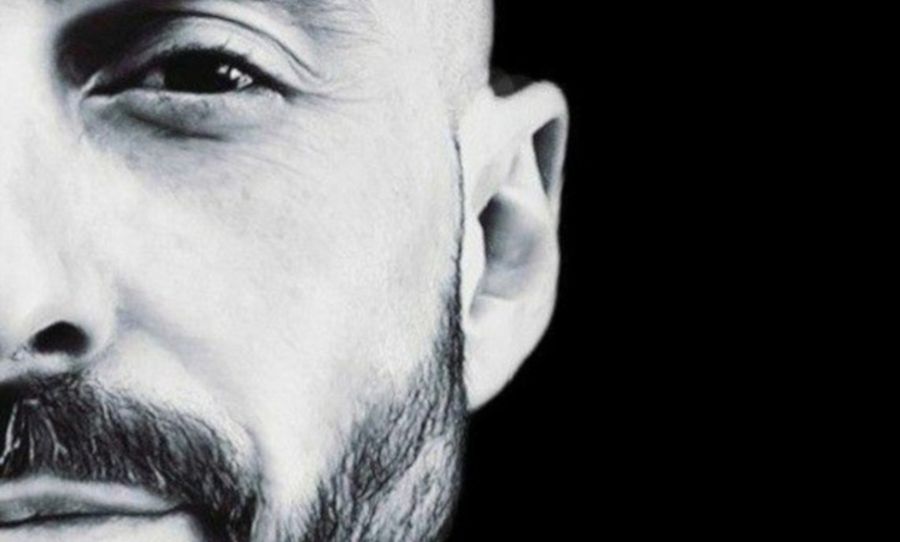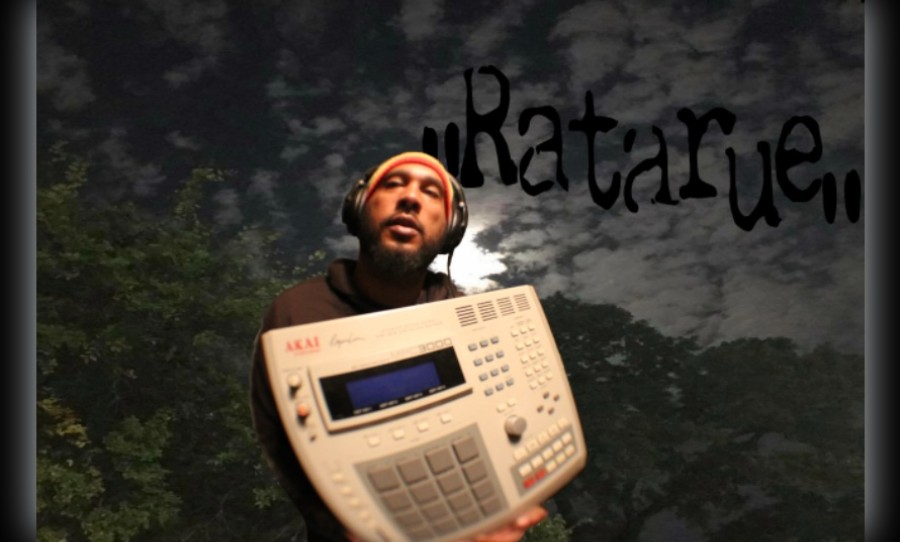The story of The Avalanches is already etched into folklore. A surprise smash album, followed by a decade and a half in the wilderness, then a return with the epic Wildflower.
Once you’ve perfected the intricate art of sampling, where do you go? It’s this very question that plagued The Avalanches for over 16 years following the release of their critically-lauded 2000 debut Since I Left You. They answered this question definitively with Wildflower.
Praised as a kaleidoscopic experience drenched in wistful melancholy and intricately pieced together from over 3500 individual samples, the groundbreaking LP quickly evolved from underground success to be one of the most highly acclaimed releases of the noughties. It left everyone hungry for another whirlwind auditory journey – one that would take the better part of two decades to perfect.

A Long Time Between Drinks
Following the success of Since I Left You, The Avalanches toured extensively for over three years and slowly began creating demo tracks for a follow-up – ironically, the only demo conceived in 2000 that made it onto Wildflower is the album’s closing song, Saturday Night Inside Out.
By 2003, the group had recorded tracks with Luke Steele (Sleepy Jackson, Empire of the Sun) and then-member Darren Seltmann described the new material as “tripped out rock ‘n’ roll”, while just a couple years later he would describe more material as “ambient world music” that combines plunderphonics with live music.
Around this time, Robbie Chater was diagnosed with two auto-immune diseases that left him unable to produce during the noughties for three years. He decided to undergo a three-week course of ibogaine, a potent hallucinogenic that causes users to trip for up to 48 hours, and as such, the spiritual breakthroughs he experienced during this time greatly benefitted his creative process.
Chater elaborated in a 2016 interview with The Guardian, stating “We just learned to let go of songs we really loved that didn’t sit on the album, stop being very analytical and over-thinking, realise that something created in two minutes can be as worthwhile as something you’ve slaved over for two years, to let this album become what it was always meant to be.”
By January 2007, The Avalanches announced on their site that they had completed around 40 tracks but could not disclose a release date – what followed after this were years of speculation, rumours and suggestions that the lengthy delay could be due to clearing samples. It wasn’t until 2011 when production for their second album began to take flight as Ariel Pink, Jennifer Herrema and Danny Brown revealed they were collaborating with the band.
Box of Tricks
For their second album in 16 years, The Avalanches expanded from their hip-hop and dance-oriented beginnings on their first album while delving into more disco and neo-psychedelic realms. But of course, any sample-heavy LP will find its creative roots stemming from crate-digging and the humble turntable. Using old Thorens and Garrads turntables for their first record, Since I Left You‘s critical and financial success allowed The Avalanches to upgrade to a Rega Planner 25 – a high-end audiophile deck known for its rich bass and crisp mid-range.
Once Di Blasi & Chater found their desired soundbites and snippets, each would use an Akai S5000 to capture and warp their vintage-tinged audio. A massive upgrade from their original S2000, the S5000 allowed from a more streamlined sampling process.
When speaking to Sound On Sound in a 2016 interview, Chater sung high praise for the sampler; “It’s just really great for us when we’re initially starting the building blocks of a song, being able to pitch samples and manipulate samples really quickly.”
Despite the massive upgrade in how they captured and tweaked their sounds, The Avalanches used the same interface and production software that they used on their 2000 debut, almost as a protest to the outpouring of production software and DAWs that have flooded the market since their first LP.
Utilising an ancient Apple Power Macintosh G3 as their hardware of choice, the duo used Studio Vision, a program that has been defunct since 1998, to piece their kaleidoscopic ideas together. As one of the first predecessors to the modern day DAW, Studio Vision was used for sequencing MIDI and audio tracks, and while the band had integrated Pro Tools into their workflow, they still opted for Studio Vision as their software of choice due to the program’s smooth interface and impressive conversion of audio to MIDI.
In the same 2016 interview with Sound On Sound, Chater delved into his reasoning behind sticking with their outdated software, pinning it mostly on its user-friendly design; “It was just incredibly simple and intuitive, and I knew it inside out. I love it when you get to the stage with your process where you’re not actually wasting too much thought and brain power on the technology. It almost becomes invisible when you know something that well. There’s nothing in between your ideas and realising them through the speakers. You’re in a completely creative space.”
Weaving the Psychedelic Tapestry
Since I Left You’s meticulous jigsaw of thousands of samples quickly became the stuff of indie folklore, but Wildflower somehow manages to cram in even more samples than its precursor during the album’s hour-long duration.
The eclectic nature of the samples employed mirror the diversity of genres across the album, from The Doobie Brothers, Tears for Fears and amateur street performers to Jurassic 5, Brandy and high schoolers singing The Beatles – Wildflower also makes use of dozens of dialogue snippets that come from films such as Putney Swope and the 2011 doco American Juggalo.
Hunkering down in Melbourne’s Sing Sing Studios, The Avalanches employed a range of high-end, contemporary gear that would help add a consistent retro tinge to the soundbites and the record as a whole. These included a Shadow Hills Mastering Compressor and Neve 3315 EQs that are first heard in Because I’m Me to create the tinny introduction before the mid and low ranges dramatically sweep in.
An Empirical Labs Fatso EL7x tape simulator was drafted in to emphasise the natural warmth of the vinyl samples, and almost every snippet used on the album was passed through an Avalon VT-747SP EQ Compressor to help shape the frequency spectrum for a consistent listening experience before finalising the mix on the studio’s SSL console.
As 90% of the record consists of samples, all of these snippets had already been mixed, processed and mastered. Thus, the real challenge for the band and engineer Tony Espie was to reprocess all of these sounds into a coherent experience – whether it be completely shaving off the high-end off a sample, or upping the output of a track on the mixing desk by a fraction of a hair.
The track If I Was a Folkstar featuring Toro Y Moi delicately weaves in small snippets of Queens of the Stone Age, Beach Boys as well as excerpts of dialogue from the 1981 film Puberty Blues, but many of the samples in the song have had their bottom-end frequencies deliberately cut to stop the final mix from getting too muddy.
Frankie Sinatra, the first single off the album, proved to be one of the more difficult cuts off the album to finish due to the unorthodox mix of the bass rich tuba riff, with its staccato guitar, strings and the high-end vocals of Danny Brown and Wilmoth Houdini. The track was mixed over 100 times across a two-and-a-half-year period before they were satisfied with the end result.
Deviating from Sampling
While much of Wildflower comes from samples, The Avalanches found a way to incorporate real instruments into their tracks. Smatterings of warm bass can be heard thumping in the back of the mix of tracks like The Noisy Eater and Kaleidoscopic Lovers.
Of the 21 tracks featured on the album, 12 make use of live drums and percussion – while most of beats were played by The Avalanches themselves, Kevin Parker makes a guest appearance playing the disco thumps on Going Home. As a way of avoiding extensive royalties payments, the duo employ an array of keyboards to help thicken up the mix and create a range of melodic tracks, using a Roland PC 160 and 200 MkII as their main MIDI controlling keyboards, while also utilising a Minimoog (Wildflower, Saturday Night Inside Out), mellotron (Harmony, Stepkids), Fender Rhodes, Roland SH101 and Hammond organ.
Chater and Di Blasi also make use of more unconventional instrumentation such as melodicas and accordions to hammer home the carnival-esque nature tracks like Frankie Sinatra, while a melodeon – a type of button accordion – is employed on Livin’ Underwater (Is Somethin’ Wild) and Live A Lifetime Love.
But of course, the biggest and most easily identifiable change in The Avalanches’ sample-based sound was their inclusion of guest vocalists on Wildflower. With the album leaning more towards hip-hop production than Since I Left You, rappers such as Danny Brown, MF Doom, Geechi Suede and Sonny Cheeba spit rhymes on Frankie Sinatra and Because I’m Me.
Toro Y Moi’s soft vocals shine through on If I Was a Folkstar and Jonti makes an appearance in the multi-layered airy sounds of Harmony, while the album’s closing track features guest appearances from Father John Misty and poet David Berman.
Cultivating a psychedelic, theatrical experience through their classic plunderphonic stylings, The Avalanches’ 2016 sophomore introduced a plethora of live instrumentation and collaborators. For an album 16 years in the making that took band to the brink and back, Wildflower certainly quenched the thirst for those longing for a sequel to their cult debut.



